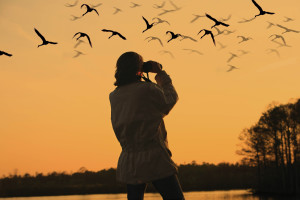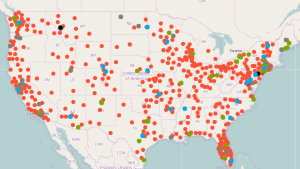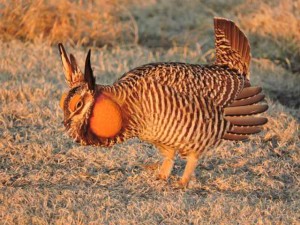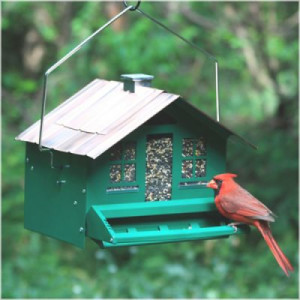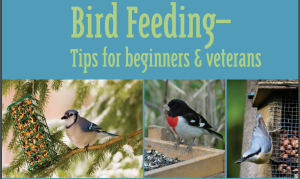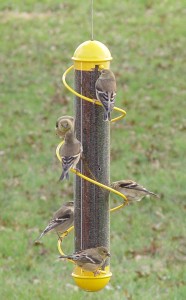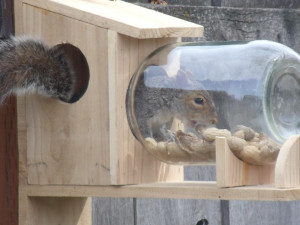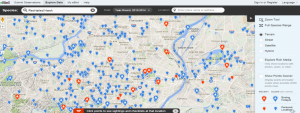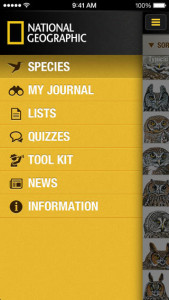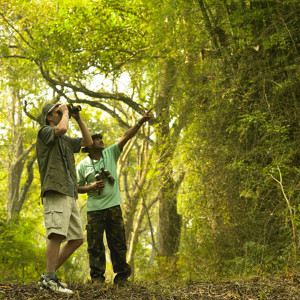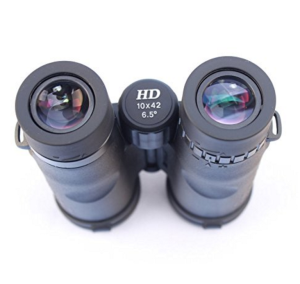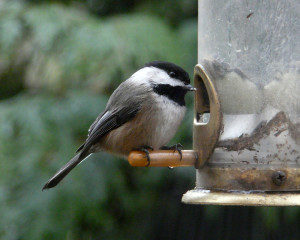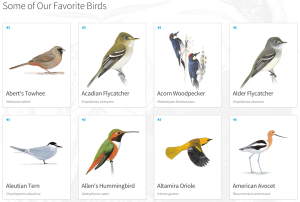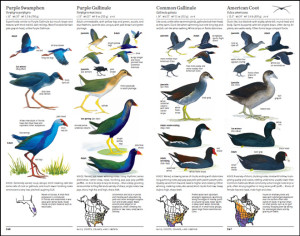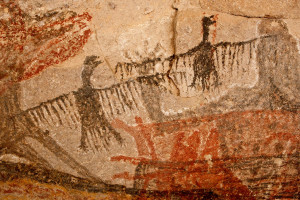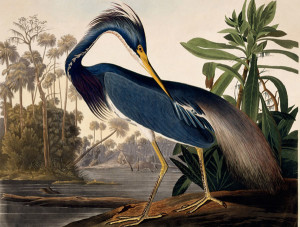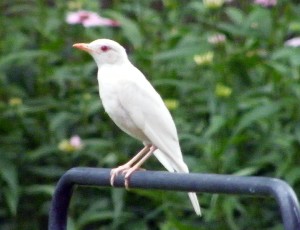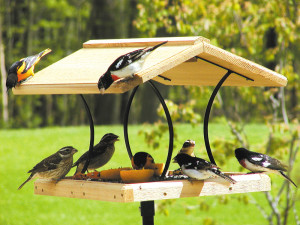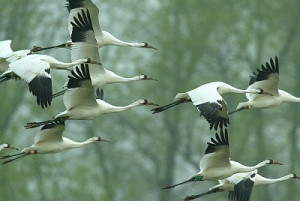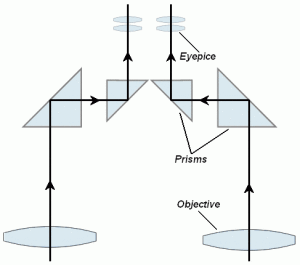If you type in “what are the most popular outdoor activities in the U.S.?”, you’ll get a response you probably weren’t expecting. Birding ranks in the top 25 most popular outdoor activities in the U.S. The activity isn’t too complicated beyond what its name suggests, but there is no denying that it is a nearly billion dollar industry with a friendly community that spans the entire world.
In this guide, we’ll give you a general overview of birding and the best practices and equipment for you to consider when planning your next outdoor adventure.
What is Bird Watching?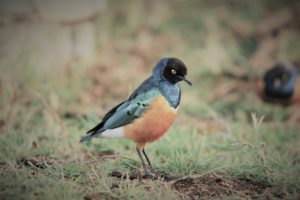
We’ve compiled the massive history of birding (also called bird watching) for you to see just how far back this hobby has existed and how it seems to have flown under the radar literally and figuratively. Nearly 40,000 years!
It seems simple enough, but birding goes beyond the act of watching the thousands upon thousands of species of birds around the world go about their day. The activity will depend on how far one is willing to see a type of bird. Sure, you see starlings, ducks, and geese almost every day, but have you ever stopped and just watch them more than a couple of minutes? Perhaps you’ll notice something interesting about their behavior that you didn’t see before. For birds and humans, the sky is the limit regarding what you might see on any given day.
Who’s up for it?
There is no barrier to entry concerning age for birding. Families of all sizes and individuals of all ages are known to engage in birding on the regular. Not only is it a cheap hobby to get into, but it also combines one’s love of the outdoors with the desire to see wildlife in their native habitats.
Prices on travel and optics will be the largest concern. It depends on whether you are looking to just see the birds or take pictures of them, which will raise the question of what type of optics you should buy. The birding community is split about 50/50 in terms of who sees with their optics (binoculars/spotting scopes), and who takes pictures (cameras).
Equipment
While it’s perfectly fine to see birds with the naked eye, there’s no telling what conditions, locations, and distances you’ll be encountering. For these reasons, optics such as the following are used to view birds in their natural habitat without the risk of disturbing them—
To keep your valuable optics safe, a safety harness may also be in order if you are planning to go near uncertain terrain. A typical safety harness fits around cameras and binoculars. You’ll have to be even more cautious when handling a spotting scope or telescope on uncertain terrain. A tripod for your spotting scope or telescope will be absolutely necessary.
To get the most out of each day spent bird watching, consider investing in a Perception HD 20-60x60mm Spotting Scope or a pair of Perception HD 10x42mm Binoculars, both sold by Upland Optics.
Finding Birds
Birding can be a little intimidating at first. You want to see all the birds within a given amount of time but there’s only so much light during the day. That is why some communities, particularly the Cornell Lab of Ornithology, have built apps and tools specifically for helping you find birds.
To be successful at birding, the first step is identifying the bird you’re looking at. Here’s a quick how-to on identifying birds on the go. Field guides—usually picked up from a chamber of commerce, ranger station, or nearby bookstore—will usually detail most if not all the birds in the area.
Bringing birds to you
You can expect that not all birds are going to appear when you want them too. Some are shyer than others, and the sight of a big lumbering human like yourself will easily frighten them. Getting birds to come to you does seem like the more economical reason, and you can still get a wide variety of birds to visit depending on where you live.
There is a way you can bring them to yourself. Most of us are quite enthralled by the sight and smell of food and shelter, and so are birds. Birders skilled in woodcraft and overall construction place birdhouses, baths, and other structures to draw birds to within feet of their own houses.
- Bringing a birdhouse out into the wilderness with you would be a little tedious.
A hummingbird, for example, is drawn to the nectar given off by certain flowers, and some birders put their gardening skills to good use by planting the flowers that are most desirable. Houses, baths, and plants range all over the place regarding price. As long as you provide an incentive for the bird to come to you, you’re all but guaranteed some visitors in the days and week.
Seasons and Travel
One aspect of birdwatching that you should take into consideration is the change in season. Birds never stay in one place for too long (unless you’re a penguin on Antartica), and usually, migrate towards warmer climates (unless you’re an owl who stays in a hollowed out tree for the winter).
You can’t count on a bird being in one place all the time unless it has a massive population worldwide. Rare birds will pay closer attention to the seasons than others and thus are har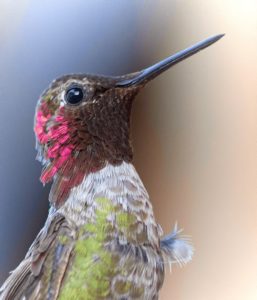 der to track.
der to track.
Traveling is what will separate the amateurs from the life long enthusiasts. If you want to have the best possible chance of seeing rare birds, you will need to plan your traveling far in advance and study the migration and flying patterns of these particular birds.
- If you dig deeper into your travel search, you’ll most likely find cabins and houses marketed specifically for birders that coincide nicely with certain migration times.
Listings
When you first decide to invest in birding, consider if you plan to pursue it as an amateur or professional. There is nothing wrong with either path, but keep in mind the latter will involve more time and money.
If you plan on seeing the most birds possible in your life time, it will be important to take detailed lists of the birds you’ve seen. Why? Two species that look identical could be different on the slightest level. You don’t want to spend lots of money to see a particular bird when you’ve already seen the same bird!
Some things to note about the birds you saw can be—
Name and family (scientific name)
Location
Body make up
Color and feather pattern
Migration pattern
Social interactions
Hunting habits
Not only will your lists help you determine which birds you haven’t seen but they will help other birders in the same situation or who are just starting out.
Community
The birding community is a vast and expansive collection of people around the world who are dedicated to helping you get started. We can almost guarantee you that there is a birding organization not too far away from where you are right now.
The reason why you probably don’t hear much about birding is similar to the activity itself. Keeping noise to an absolute minimum is necessary to get some of the more rare birds to emerge from their homes.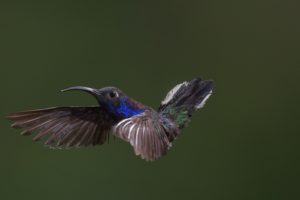
We’ve made a list of communities that are ideal clubs to help you get your birding career get off to a flying start.
What does Birding do for the environment?
We’re glad you asked! Birding is not only a popular hobby, but it also aids aviation and wildlife experts in keeping track of all species, particularly those that are threatened and endangered. Wildlife officials routinely utilize those lists, mainly the dates and times, to make correct judgments on habitat preservation and restoration.
Your work can be of great impact and we appreciate your concern for the wildlife.
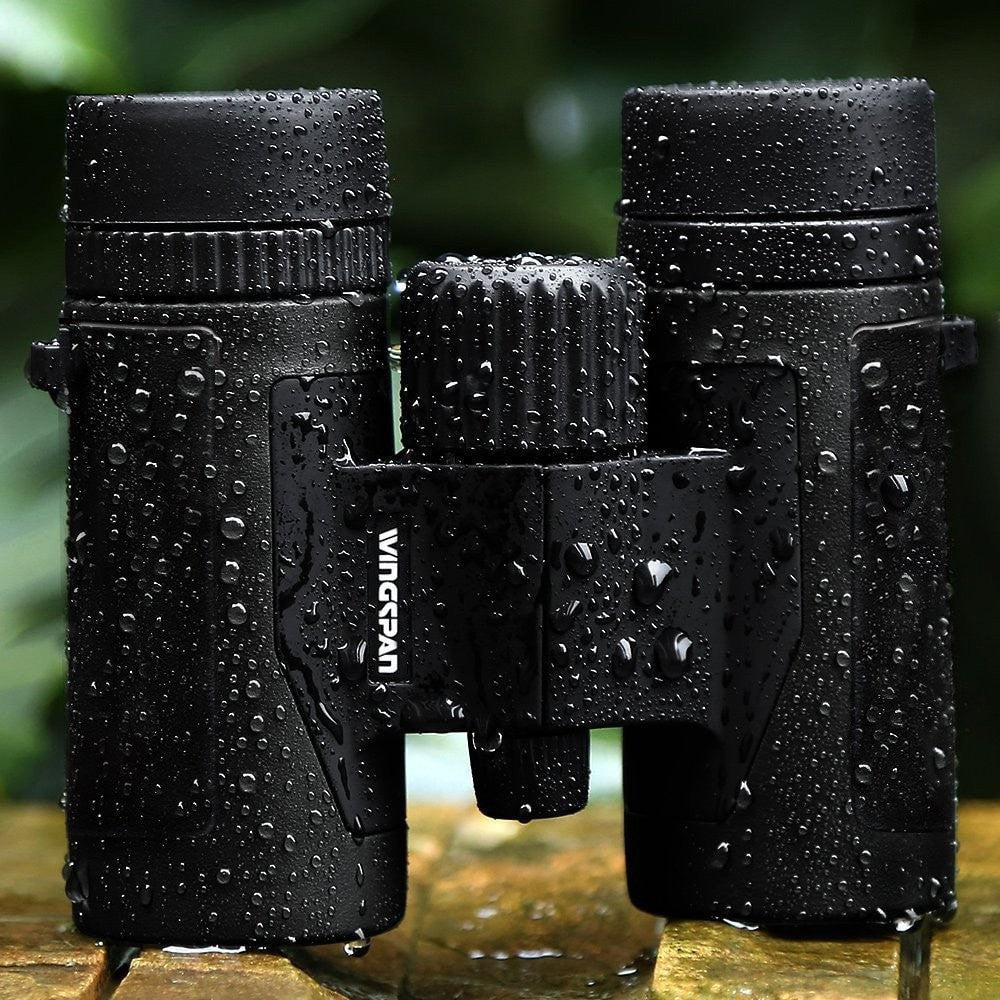 you’ll see the various sorts of optics used specifically for different purposes.
you’ll see the various sorts of optics used specifically for different purposes.


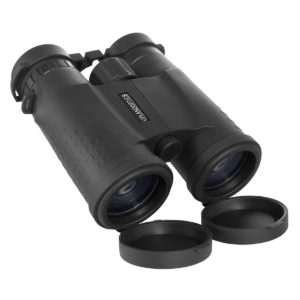
 der to track.
der to track.
